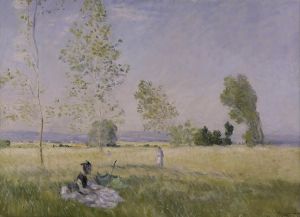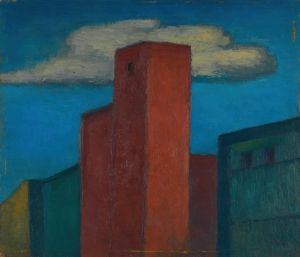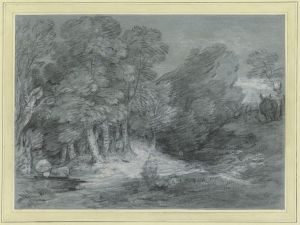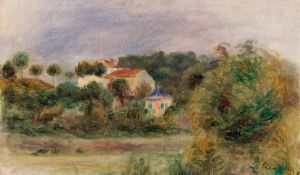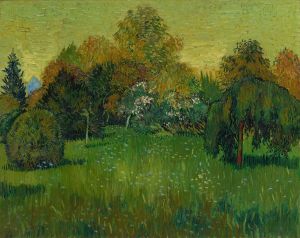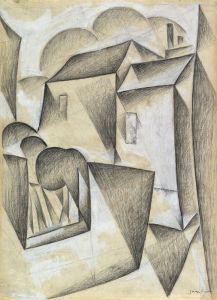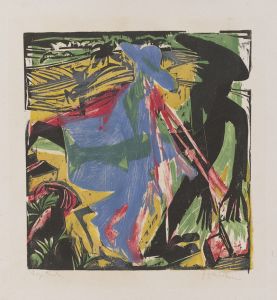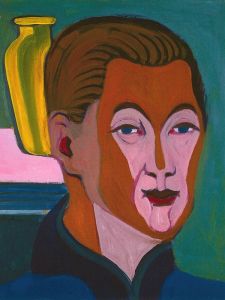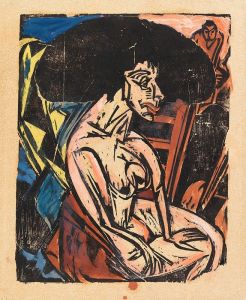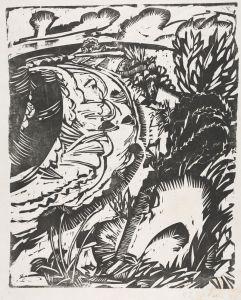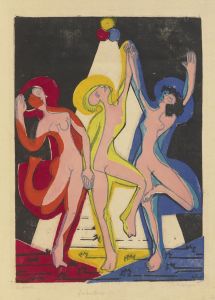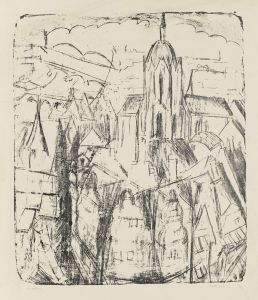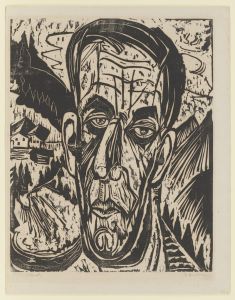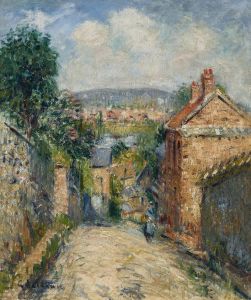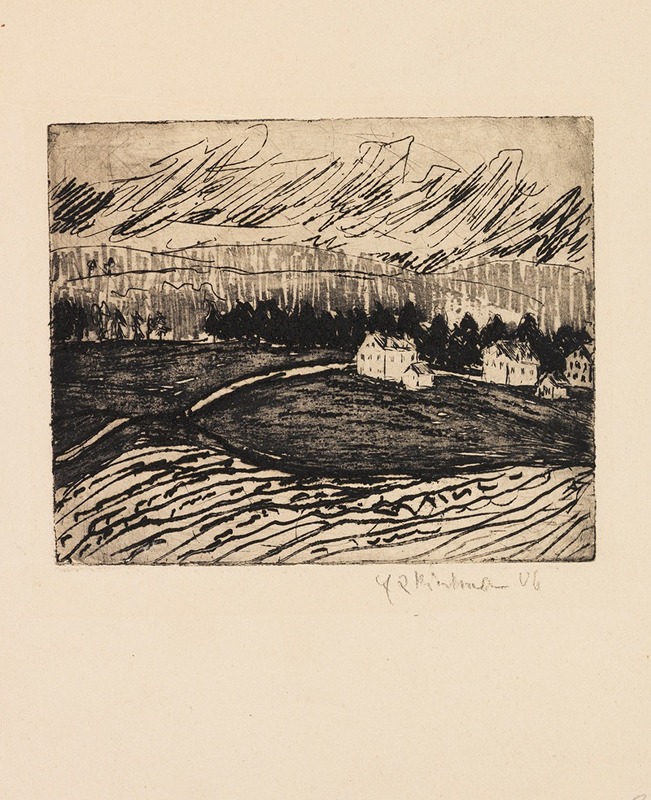
Acker und Häuser im Erzgebirge
A hand-painted replica of Ernst Ludwig Kirchner’s masterpiece Acker und Häuser im Erzgebirge, meticulously crafted by professional artists to capture the true essence of the original. Each piece is created with museum-quality canvas and rare mineral pigments, carefully painted by experienced artists with delicate brushstrokes and rich, layered colors to perfectly recreate the texture of the original artwork. Unlike machine-printed reproductions, this hand-painted version brings the painting to life, infused with the artist’s emotions and skill in every stroke. Whether for personal collection or home decoration, it instantly elevates the artistic atmosphere of any space.
Ernst Ludwig Kirchner, a prominent German expressionist painter and founding member of the art group Die Brücke, created numerous works that captured the landscapes and cultural essence of his time. One of his paintings, Acker und Häuser im Erzgebirge (translated as Fields and Houses in the Ore Mountains), reflects his distinctive style and his connection to the natural and rural environments of Germany.
This painting was created during a period when Kirchner sought refuge in the serene landscapes of the Ore Mountains (Erzgebirge), a region located on the border between Germany and the Czech Republic. After serving in World War I and experiencing a mental and physical breakdown, Kirchner moved to Davos, Switzerland, in 1917. However, his earlier works, including Acker und Häuser im Erzgebirge, demonstrate his exploration of rural themes and his fascination with the interplay between human habitation and the surrounding natural environment.
In this piece, Kirchner employs bold, angular forms and vibrant colors, hallmarks of his expressionist style. The painting depicts a rural scene with fields and houses, likely inspired by the traditional architecture and agricultural landscapes of the Ore Mountains. The dynamic composition and exaggerated forms convey a sense of movement and emotional intensity, characteristic of Kirchner's work during this period. His use of color is expressive rather than naturalistic, emphasizing mood and atmosphere over realistic representation.
Kirchner's works often reflect his interest in the relationship between humans and their environment, and Acker und Häuser im Erzgebirge is no exception. The painting captures the essence of a rural community, with its fields and homes integrated into the surrounding landscape. This theme aligns with the broader expressionist movement, which sought to convey subjective experiences and emotional responses to the world.
While specific details about the creation and provenance of Acker und Häuser im Erzgebirge are limited, the painting is recognized as part of Kirchner's broader body of work that explores rural and mountainous settings. His time in the Ore Mountains and later in Davos marked a significant shift in his artistic focus, as he moved away from the urban scenes of Berlin to more tranquil and introspective landscapes.
Today, Kirchner's works, including Acker und Häuser im Erzgebirge, are celebrated for their innovative approach to color, form, and emotional expression. They remain influential in the history of modern art and continue to be studied and admired for their contribution to the expressionist movement.





